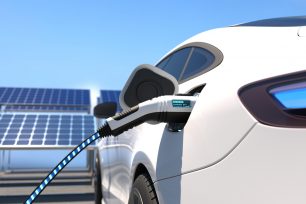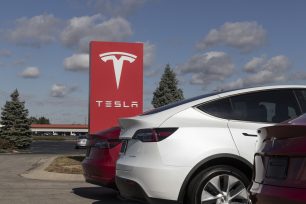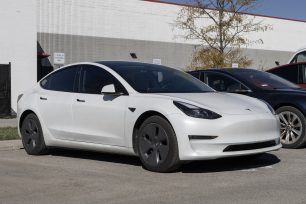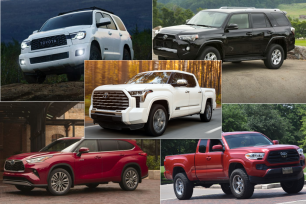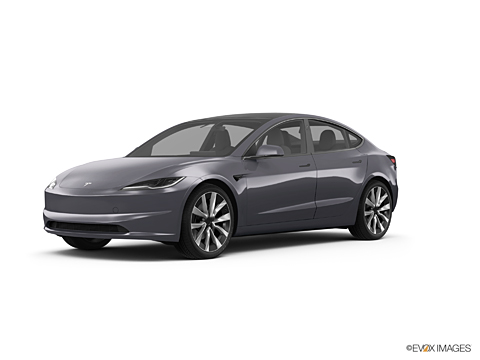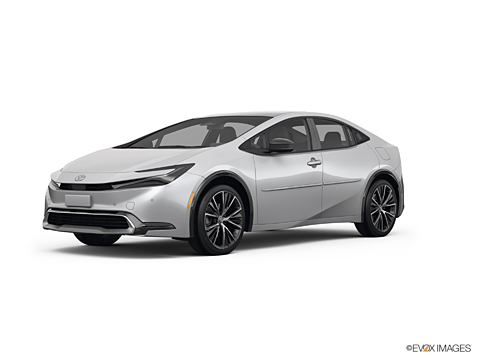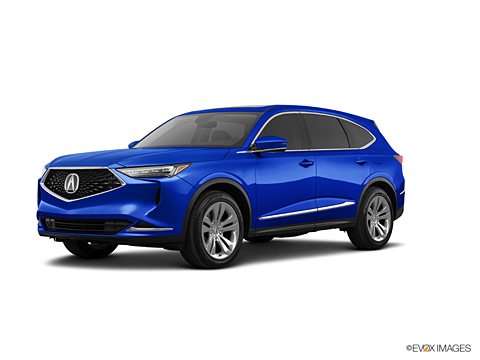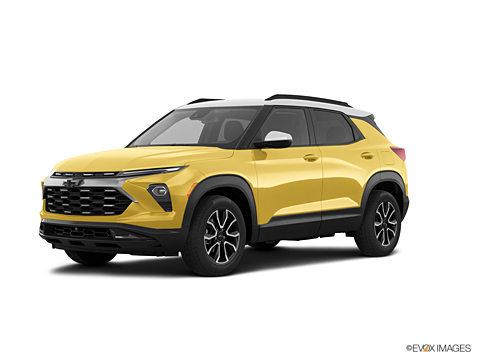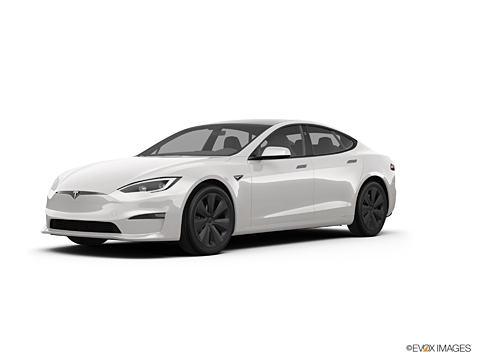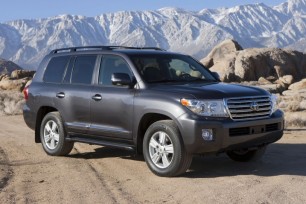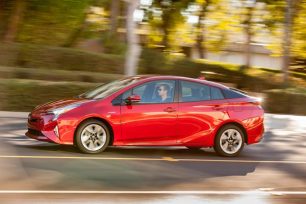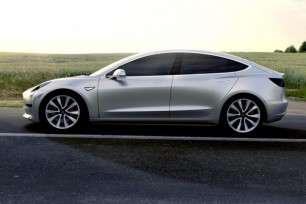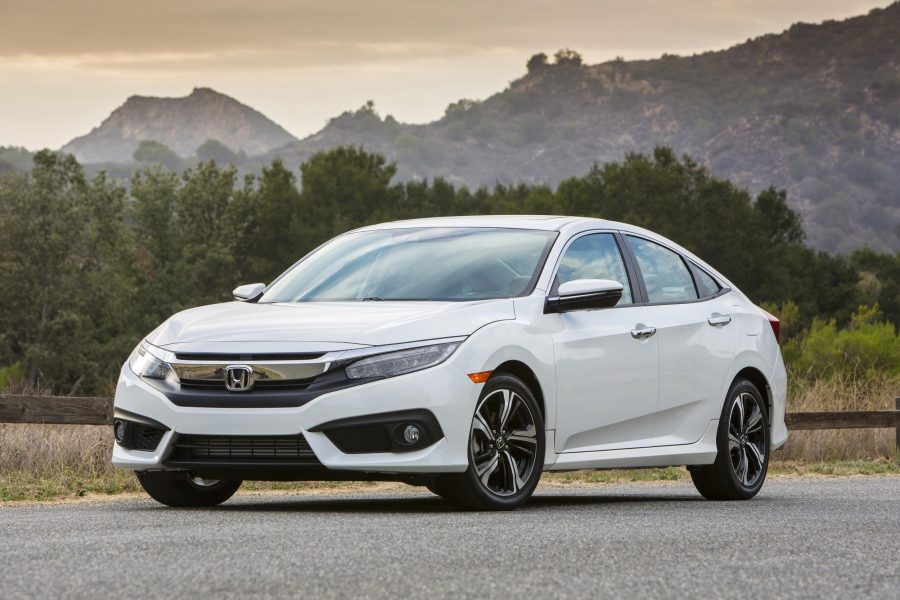When you compare the cost of driving a gas-powered car one mile to the price of going the same distance in an electric vehicle, the EV almost always comes out ahead. Drivers of gas-powered cars always know gas prices because they are advertised in big numbers at every local gas station. Not as many people know the cost to use an EV charging station to fill up an EV, largely because the cost of electricity is not as prominent in people’s minds.
Yet it’s possible to calculate EV charging costs pretty quickly. If you don’t want to dive into public charging station rates, the associated rebates and incentives, or studying your own electric bill, the Department of Energy (DOE) has said the average cost for electric car charging is about 60 percent lower than the equivalent fueling costs for an internal combustion vehicle. But if you’re an EV owner, or potential owner, and want to figure out a more specific number, here are three ways to calculate the cost to charge and drive electric.
This chart shows the cost to fully charge a Volkswagen ID.4 as well as the cost per mile and annual cost to charge for each state in the U.S., using average residential electricity costs and annual driving range. We’ll show you how we arrived at these numbers below.
| Cost of Charging an Electric Vehicle Assuming annual driving distance of 14,263 miles in a 2022 VW ID.4 Pro RWD |
||||
| Average Price of Residential Electricity by State | *Cents per kWh (June 2022) |
Cost to fully charge 77 kWh battery, 0-100% (in dollars) | Cost per mile (in cents) | Annual Charging Cost |
| Alabama | 14.79 | $11.39 | 4.14 | $590 |
| Alaska | 24.01 | $18.49 | 6.72 | $958 |
| Arizona | 13.21 | $10.17 | 3.70 | $528 |
| Arkansas | 12.56 | $9.67 | 3.52 | $502 |
| California | 28.98 | $22.31 | 8.11 | $1157 |
| Colorado | 14.42 | $11.10 | 4.04 | $576 |
| Connecticut | 25.43 | $19.58 | 7.12 | $1016 |
| Delaware | 13.37 | $10.29 | 3.74 | $533 |
| Florida | 13.90 | $10.70 | 3.89 | $555 |
| Georgia | 15.27 | $11.76 | 4.28 | $619 |
| Hawaii | 44.09 | $33.95 | 12.35 | $1761 |
| Idaho | 11.38 | $8.76 | 3.19 | $455 |
| Illinois | 16.79 | $12.93 | 4.70 | $670 |
| Indiana | 14.81 | $11.40 | 4.15 | $592 |
| Iowa | 14.98 | $11.53 | 4.19 | $598 |
| Kansas | 14.52 | $11.18 | 4.07 | $581 |
| Kentucky | 13.13 | $10.11 | 3.68 | $525 |
| Louisiana | 12.79 | $9.85 | 3.58 | $511 |
| Maine | 24.22 | $18.65 | 6.78 | $967 |
| Maryland | 14.67 | $11.30 | 4.11 | $586 |
| Massachusetts | 25.20 | $19.40 | 7.06 | $1007 |
| Michigan | 18.11 | $13.94 | 5.07 | $723 |
| Minnesota | 15.00 | $11.55 | 4.20 | $599 |
| Mississippi | 12.64 | $9.73 | 3.54 | $505 |
| Missouri | 14.07 | $10.83 | 3.94 | $562 |
| Montana | 11.61 | $8.94 | 3.25 | $464 |
| Nebraska | 11.60 | $8.93 | 3.25 | $464 |
| Nevada | 13.18 | $10.15 | 3.69 | $526 |
| New Hampshire | 22.72 | $17.49 | 6.36 | $907 |
| New Jersey | 17.27 | $13.30 | 4.84 | $690 |
| New Mexico | 14.14 | $10.89 | 3.96 | $565 |
| New York | 22.38 | $17.23 | 6.27 | $894 |
| North Carolina | 11.83 | $9.11 | 3.31 | $472 |
| North Dakota | 13.11 | $10.09 | 3.67 | $523 |
| Ohio | 14.33 | $11.03 | 4.01 | $572 |
| Oklahoma | 13.16 | $10.13 | 3.68 | $525 |
| Oregon | 11.79 | $9.08 | 3.30 | $471 |
| Pennsylvania | 16.51 | $12.71 | 4.62 | $659 |
| Rhode Island | 23.63 | $18.20 | 6.62 | $944 |
| South Carolina | 14.21 | $10.94 | 3.98 | $568 |
| South Dakota | 13.31 | $10.25 | 3.73 | $532 |
| Tennessee | 12.35 | $9.51 | 3.46 | $493 |
| Texas | 13.30 | $10.24 | 3.72 | $531 |
| Utah | 11.24 | $8.65 | 3.15 | $449 |
| Vermont | 20.47 | $15.76 | 5.73 | $817 |
| Virginia | 13.53 | $10.42 | 3.79 | $541 |
| Washington | 10.49 | $8.08 | 2.94 | $419 |
| West Virginia | 13.76 | $10.60 | 3.85 | $549 |
| Wisconsin | 16.15 | $12.44 | 4.52 | $645 |
| Wyoming | 11.75 | $9.05 | 3.29 | $469 |
| U.S. National Average | 15.42 | $11.87 | 4.32 | $616 |
Cost Per “Gallon”
In 2013, when mass-market electric vehicles were still relatively new, the DOE created the eGallon, which attempted to calculate the cost of a “gallon” of electricity. Electricity can’t be measured in gallons, so the DOE came up with a formula that uses the average efficiency of the top five best-selling EVs to calculate a realistic national average. The formula looks like this: eGallon ($/gal) = FE * EC * EP, and we can use it to calculate the cost of an eGallon for any EV:Step 1: Find the miles per gallon (MPG) rating of a comparable gas-powered car. This is the fuel economy (FE) in the formula above. You can also use the average U.S. rating of 25.4 mpg for model year 2020 vehicles, the most recent data available.
Step 2: Find the electricity consumption (EC) of the EV. This number, expressed as kilowatt-hour (kWh) per mile, can be found on the EPA’s fuel economy website. As an example, we will use the Tesla Model Y, which was the best-selling EV in the U.S. last year. There are multiple versions, each with different ratings. We will use the most efficient model, the Tesla Model Y RWD, which uses 26 kWh per 100 miles. We need to express this number by the mile, so we will divide by 100, or .26 kWh.
Step 3: Find your electricity price (EP). For home charging, you can use the monthly number from a recent utility bill or calculate your annual average. If you’re OK with rough estimates, you can use the average cost for your state (which you can find in the table below) or the national residential average, which was 15.42 cents in June 2022 according to the U.S. Energy Information Administration, the most recent month for which data is available.
Step 4: Break out the calculator. Following the formula above with national averages, the cost of an eGallon in the Model Y looks like this: 25.4 x .26 x 15.42 = $1.02. That means using an EV charger to fill up a Model Y is like gassing up a traditional vehicle for around a dollar a gallon.
Cost Per Charge
If you want to move beyond gallons, you could calculate the actual charging cost. You will need to know two things: the cost of the electricity and how much you need. Average residential electricity costs vary wildly around the country, from 10.49 cents per kWh in Washington State to 28.98 cents in California and 44.09 cents in Hawaii. Remember, the national average is 15.42 cents.The amount of electricity an EV driver needs depends on the distance traveled and the EV’s battery size. Automakers provide the total capacity for electric car batteries in each EV, and today’s packs range from around 30 kWh to around 100 kWh. The usable battery capacity is what determines driving range, and is not always equal to the stated full capacity. But for our purposes you can estimate usable battery capacity by reducing total capacity by around 10 percent. An empty 70-kWh pack would require around 63 kWh for a full charge. Some automakers provide a battery’s net capacity, which will make your calculations more accurate.
Now, all you need to do is some multiplication. A 2022 Volkswagen ID.4 Pro RWD, for example, with its 82-kWh battery (77 kWh net), it will cost around $11.87 to charge from zero to full (77 kWh x 15.42 cents = 1,187 cents).
Calculating costs at public fast charging stations works the same, but it’s difficult to discuss average costs. Charging networks charge different rates, usually somewhere around 30 or 40 cents per kWh, with everything from the charging network you’re using (Tesla SuperCharger network Electrify America? EVgo?), to the time of day (peak hours versus off-peak hours) potentially impacting your cost.
Generally speaking, the faster charging options out there, such as DC fast charging public chargers or the SuperCharger network, will cost you more than charging with a 240-volt level 2 system at your house. But fast chargers can get you from 10 to 80 percent battery capacity in less than 30 minutes, assuming your EV has a compatible charging system capable of taking full advantage of this technology.
Many newer EVs, like the Hyundai Ioniq 5 and Tesla Model 3, can take advantage of fast charging, while most older EVs like the Nissan Leaf can not. That kind of charging speed can mean up to 250-plus miles of range recaptured in less than an hour, versus 4 miles of range an hour from a standard 110-volt wall outlet or 30 miles of range from a level 2, 240-volt home system. (For more information on charging time, refer to our How Long Does it Take to Charge an Electric Car? guide.)
Cost Per Mile
Finally, it’s useful to know an EV’s cost per kWh, since that allows you to calculate cost per mile. Start with the cost to refill the battery ($11.87 for our ID.4 example above) and then divide by the vehicle’s range of 275 miles: 4.32 cents per mile. The average American drives 14,263 miles each year, according to the most recent data from the Department of Transportation. That would mean the average cost to drive the ID.4 for a year is just over $600, as reflected in the table above.More from iSeeCars:
If you’re in the market for a new or used electric vehicle you can search over 4 million used electric cars, SUVs, and trucks with iSeeCars’ award-winning car search engine that helps shoppers find the best car deals by providing key insights and valuable resources, like the iSeeCars free VIN check report and Best Cars rankings. Filter by vehicle type, front or all-wheel drive, and other parameters in order to narrow down your car search.









